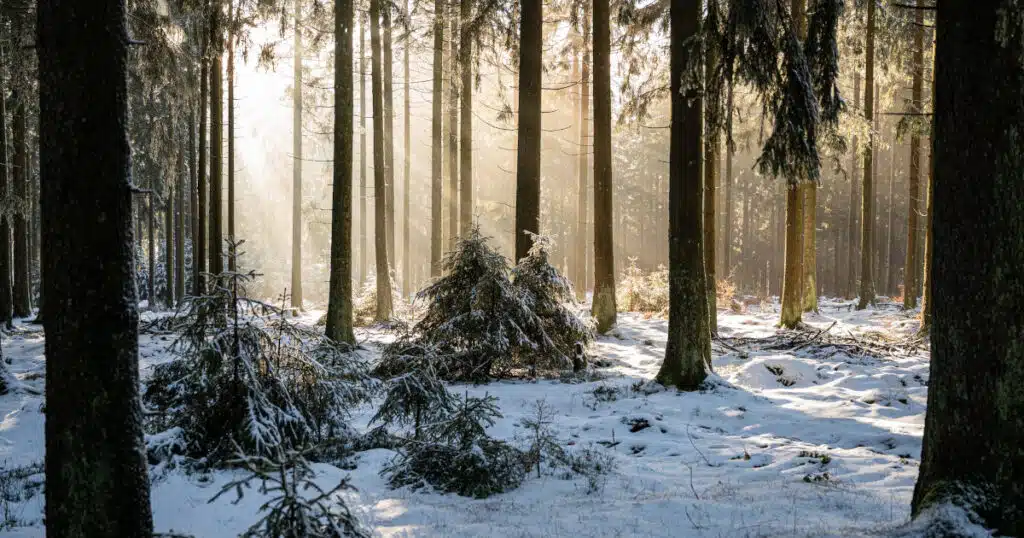Landscapes evolve over seasons, centuries, and eons.
I live in a valley shaped by glaciers that flowed sinuously down from the peaks of the Alaska Range 200 miles north of me. We can estimate the glaciers’ thickness by the mountains on either side of the valley. It is incredible to realize that those that are smooth and rounded, like the 4600 ft tall mountain a few miles across my lake, were buried beneath snow and worn smooth by the grinding action of the ice. Taller, jagged mountains poked above the glacial surface or were outside the flow zone.
When the ice receded, the glaciers melted to form a river that filled the scooped valley, carrying the snowmelt to the sea. Over time, the broad river narrowed into several braided ones, leaving a landscape of narrow drumlines and stubby, rocky moraines rising above thousands of lakes, bogs, and meandering creeks.
Many glaciers still exist in Alaska. Some have evocative names like “Black and Tan Glacier” that reminds me of a favorite ice cream sundae. But there are so many that most have no names. It is wonderful to fly over them and imagine how they are shaping the landscape below.
Where the snow has receded, botanists, foresters, and geologists recognize patterns of succession as landscapes develop. The initial plants are called pioneer plants. Isn’t that a great name? These hardy plants are able to colonize wet, soggy or rocky terrain inhospitable to plants that need better soil. Many are grasses and reeds. These early plants begin from seeds blown by wind or dropped by birds. Later, plants grow in our shallow lake, rooted in water but ascending quickly to flower or leaf out above the surface, like pond lilies, mare’s tail, and the wonderfully scented sweet gale. Over a few centuries, our shallow lake will fill in with their leaves and silt, become a bog, and later, a meadow.
Our eco-system here is a Boreal Forest. On drier, higher land, dense thickets of alder grew first, nitrogenizing the soil, enriching it for subsequent plants. Where we cut down thick stands, fast growing succession plants arose like elderberry, raspberry, prickly rose, and highbush cranberry. These plants tend to grow in predictable guilds (affinity groups). Raspberries always grow near elderberries, and prickly rose favors the cranberry bushes and ash trees. Currants drape over spruce stumps and encircle the bases of live ones.
Over the course of a summer, I harvest fruits, leaves, and flowers from these plants for food and home remedies. To my delight as I wander, peering at the ground, I find tiny seedling of birch and spruce and ash trees shyly rising a few inches above the ground. I mark the tiny trees with flagging tape so I will not weed whack them when I attack the fast growing sweet grass, that grows 6 feet tall in three months. Over the course of our long days, I literally do watch the grass grow! Over a decade, these seedlings tower over me.
I am both an observer and a participant in this dynamic landscape. I preserve and protect some aspects even as I alter others, sometimes intentionally, such as pruning, planting, and culling. Other times, my impact is inadvertent. For example, plantain grows in compacted soil. Sure enough, it has populated our well trod paths. Also, the property hosted no dandelions when we arrived in 2007. But some seeds must have hitchhiked a ride on my shoes or in a package of other seeds that I bought. Now our yard is full of them. I don’t mind. In fact, I like these cheery yellow flowers. Their presence indicates a soil lacking in calcium, and their long tap roots aerate the soil. I eat the leaves raw, cooked, and stewed as a vitamin rich tea. I pickle the buds to use like capers.
As an observer, I reflect on the enormous forces that sculpted the mountains and carved out the rivers and piled up rocks and other detritus that form hills and islands in streams. These elements are almost too huge, powerful, and slow to comprehend. On the other hand, during our short, sunny summers, I witness natural changes so fast that I measure them in hours, days, and weeks, such as transitions from dormancy to bud, leaf, flower, fruit, leaf drop and back to dormancy.
Every day, I consider the fast and the slow, the huge and the tiny, the dramatic and the humble, right outside my door. I look, smell, taste, feel. Grateful.
To Religious Naturalists and others, I recommend courses, programs, and books on the following to engage and learn:
Permaculture (a 2 semester course)
Master Naturalist (one semester, including 40 hours of volunteer time)
Master Gardener (one semester)
Ethnobotany
Foraging
Plant identification
Herbalism

